Saul Leiter - Gifted Gallery
- Lilium

- Mar 5
- 2 min read

Saul Leiter, born 3 December 1923, was an American photographer and painter whose early work in the 1940s and 1950s was an important contribution to what came to be recognised as the New York school of photography.
Leiter was born in Pittsburgh, Pennsylvania. His father was a well known Talmud scholar and Saul studied to become a rabbi. His mother gave him his first camera at age 12. At age 23, he left theology school and moved to New York City to become an artist. He had developed an early interest in painting and had met the Abstract Expressionist painter Richard Pousette-Dart. Pousette-Dart and W. Eugene Smith encouraged Leiter to pursue photography and he was soon taking black and white pictures with a 35 mm Leica, which he acquired in exchange for a few Eugene Smith prints.
In 1948, he started taking colour photographs. He began associating with other contemporary photographers, such as Robert Frank and Diane Arbus, and helped form what curator Jane Livingston has termed the New York School of photographers in the 1940s and 1950s.
Beginning in the early 1960s, Leiter worked as a fashion photographer for the next 20 years and was published in Show, Elle, British Vogue, Queen, and Nova. In the late 1950s the art director Henry Wolf published Leiter's colour fashion work in Esquire and later in Harper's Bazaar.
Edward Steichen included Leiter's black and white photographs in the 1953 exhibition Always the Young Stranger at the Museum of Modern Art. Leiter's work is featured prominently in Jane Livingston's book The New York School and in Martin Harrison's Appearances: Fashion Photography Since 1945.
Martin Harrison, editor and author of Saul Leiter Early Color (2006), writes, "Leiter's sensibility set his photographs apart from some of the defining characteristics of the putative 'New York School' – as typified by the visceral encounters with the pulse and anxieties of street life familiar from the 1950s imagery of photographers such as Robert Frank and William Klein. Leiter, by contrast, operated on a more reflective, less overtly confrontational mode, seeing out tranquility in the Manhattan maelstrom."
Saul Leiter died on 26 November 2013, aged 89, in New York City. In 2008, The Henri Cartier-Bresson Foundation in Paris held Leiter's first museum exhibition in Europe with an accompanying catalog. Leiter is the subject of a 2012 feature-length documentary In No Great Hurry - 13 Lessons in Life with Saul Leiter, directed and produced by Tomas Leach. Leiter is also featured subject, among others, in the documentary film Tracing Outlines (2015) by 2nd State Productions.
Reading Recommendations & Content Considerations









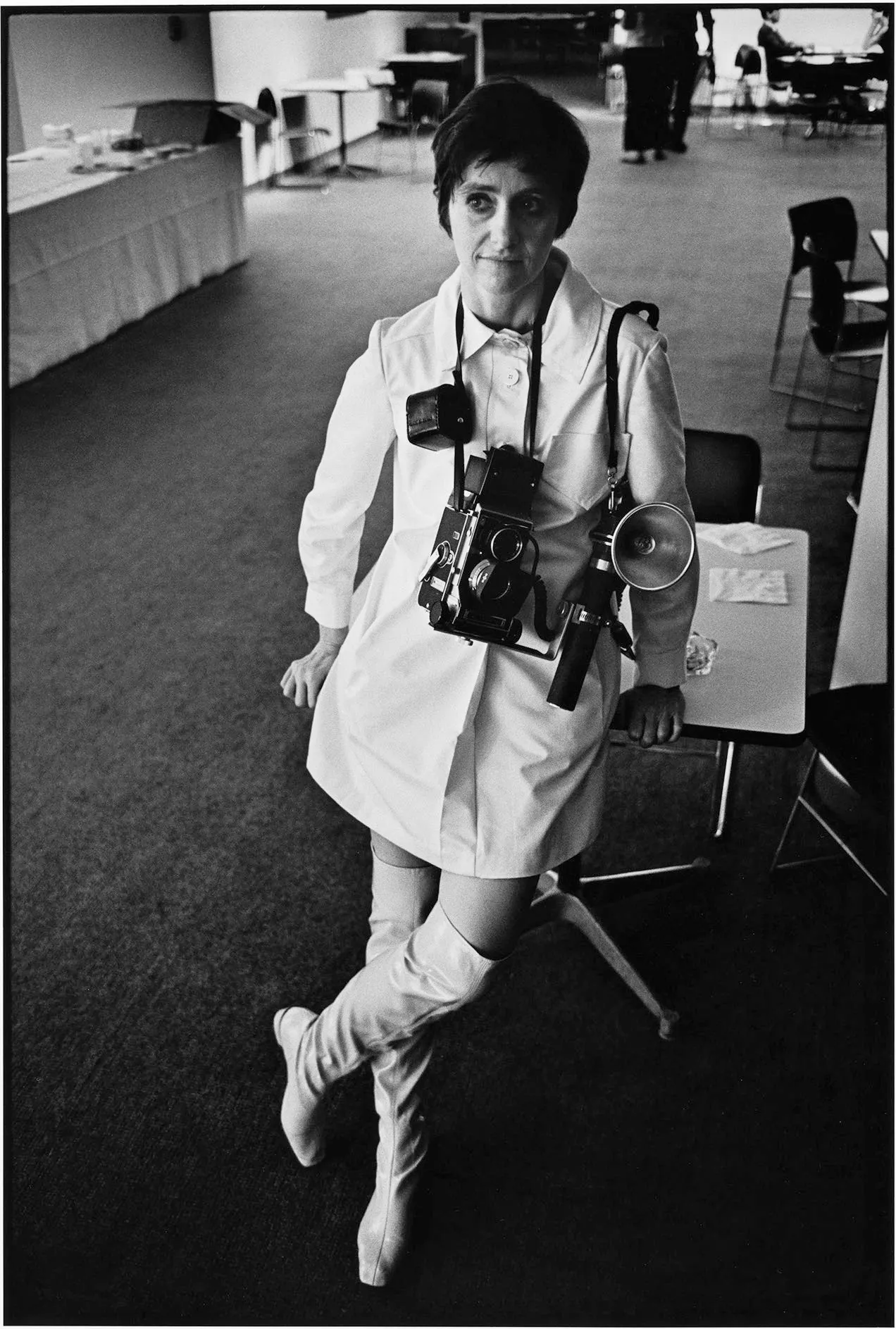


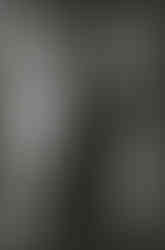




























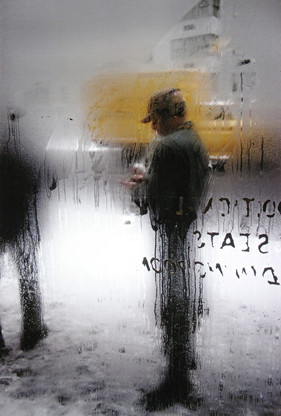
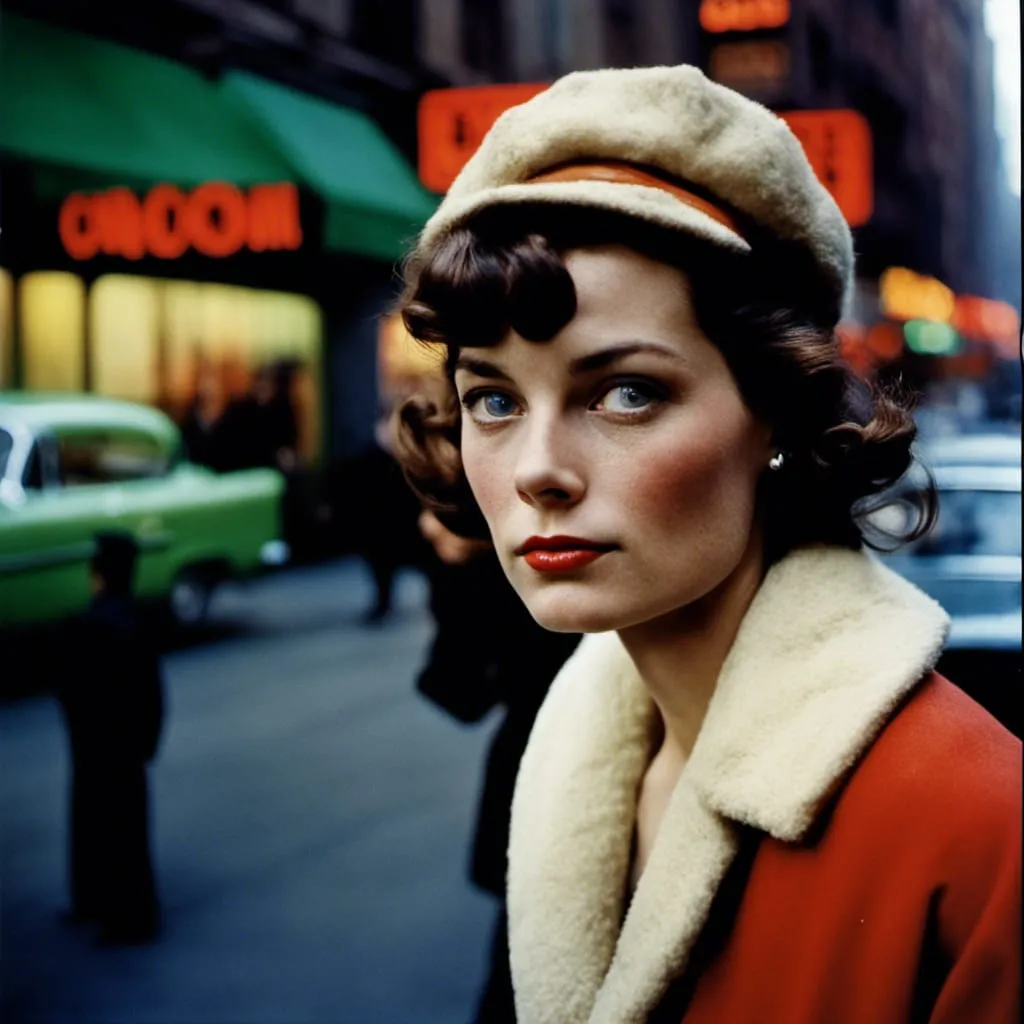


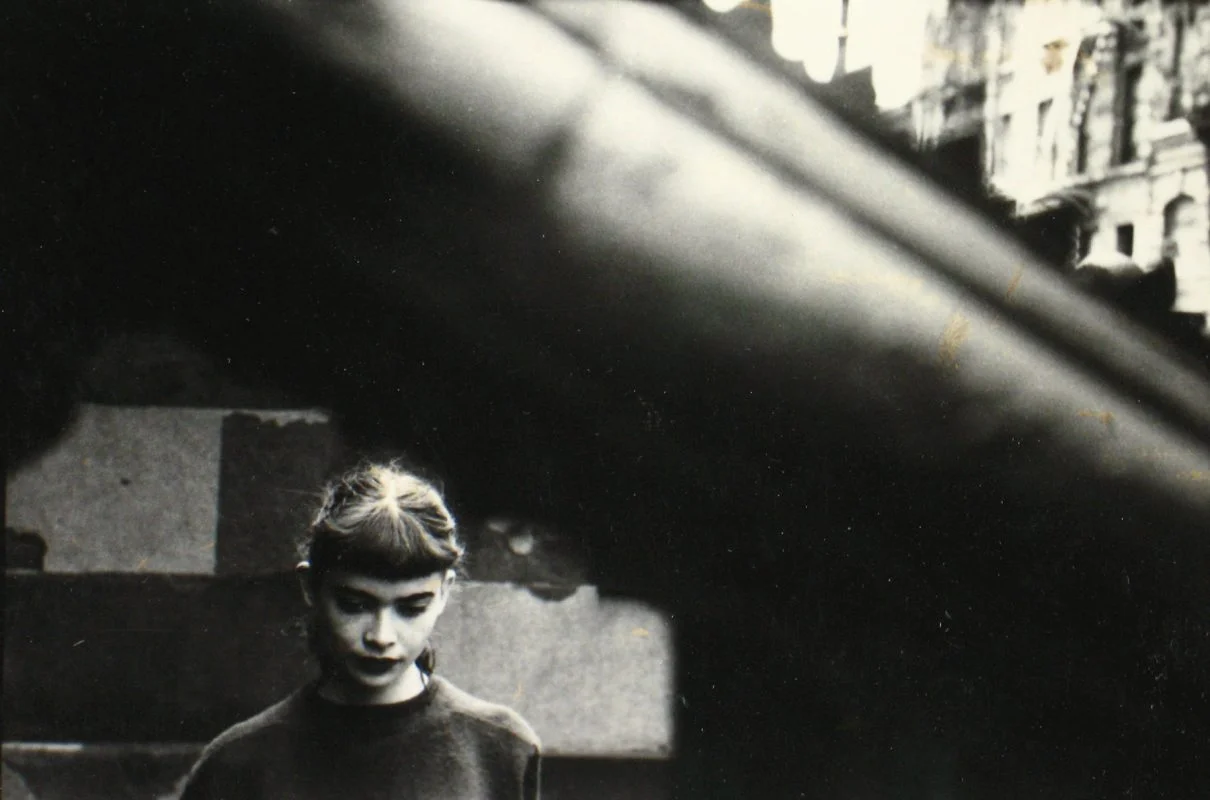
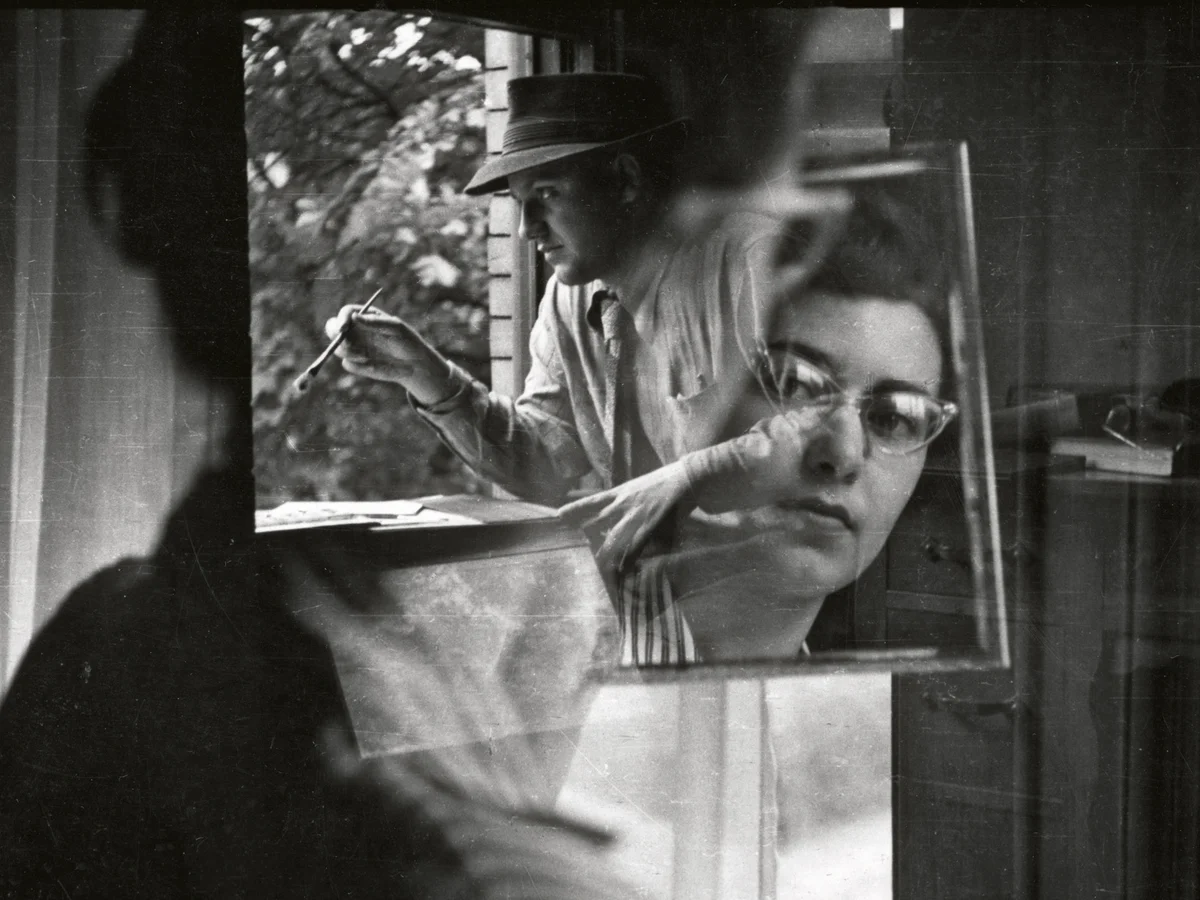






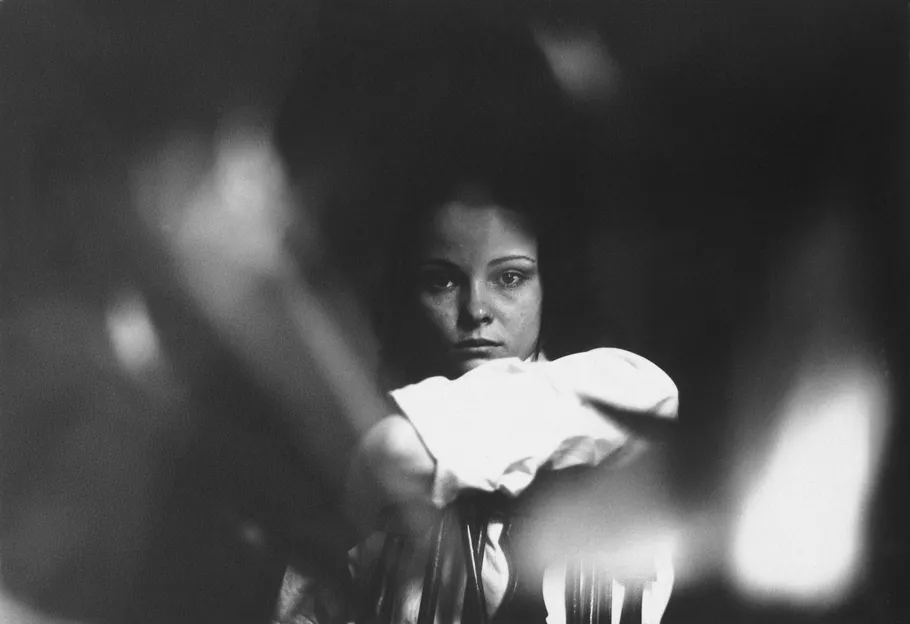


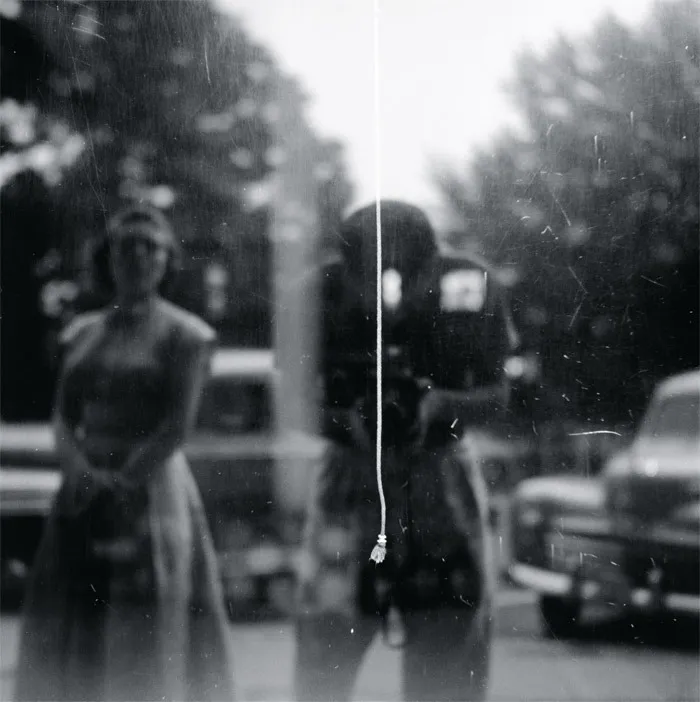
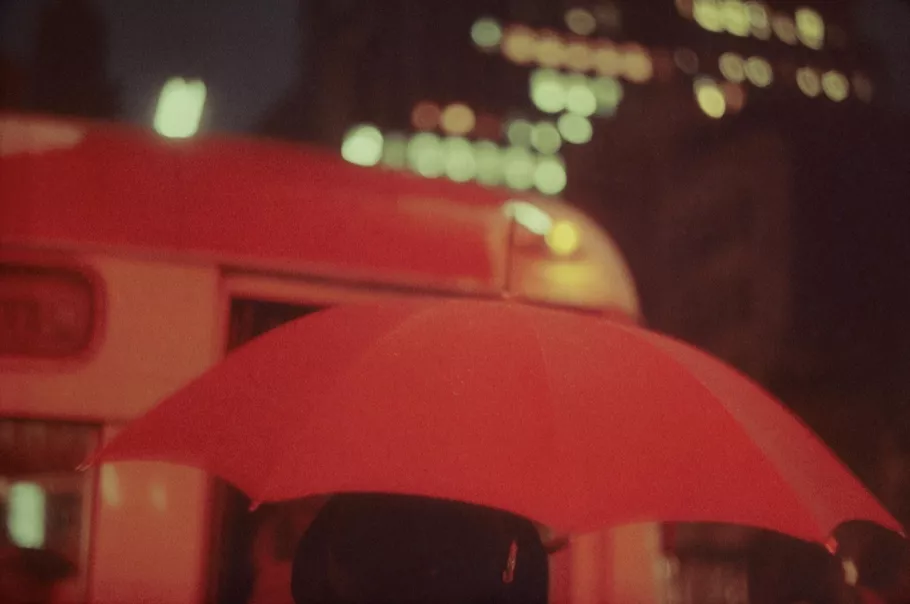





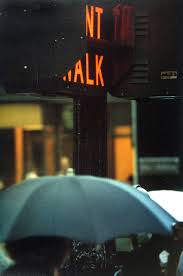


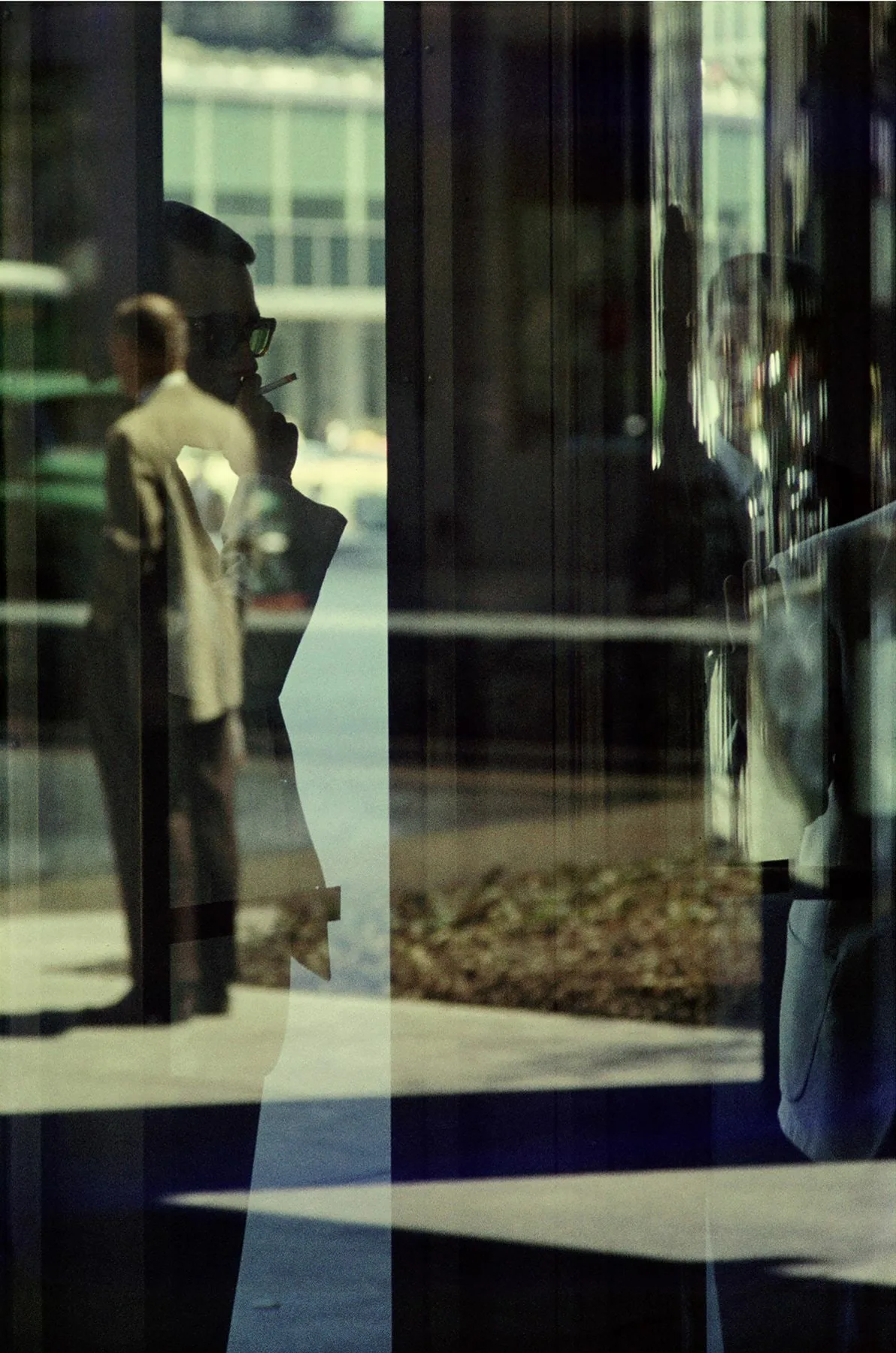

























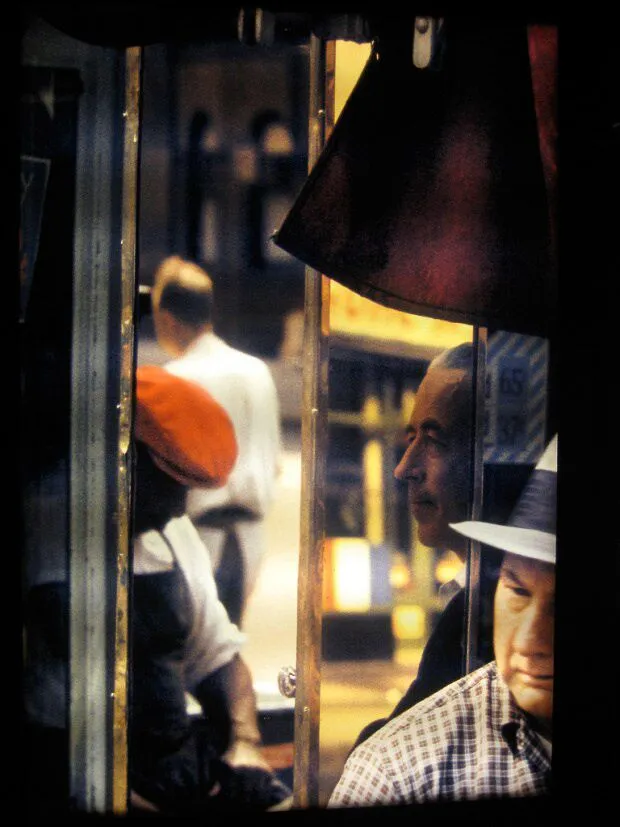


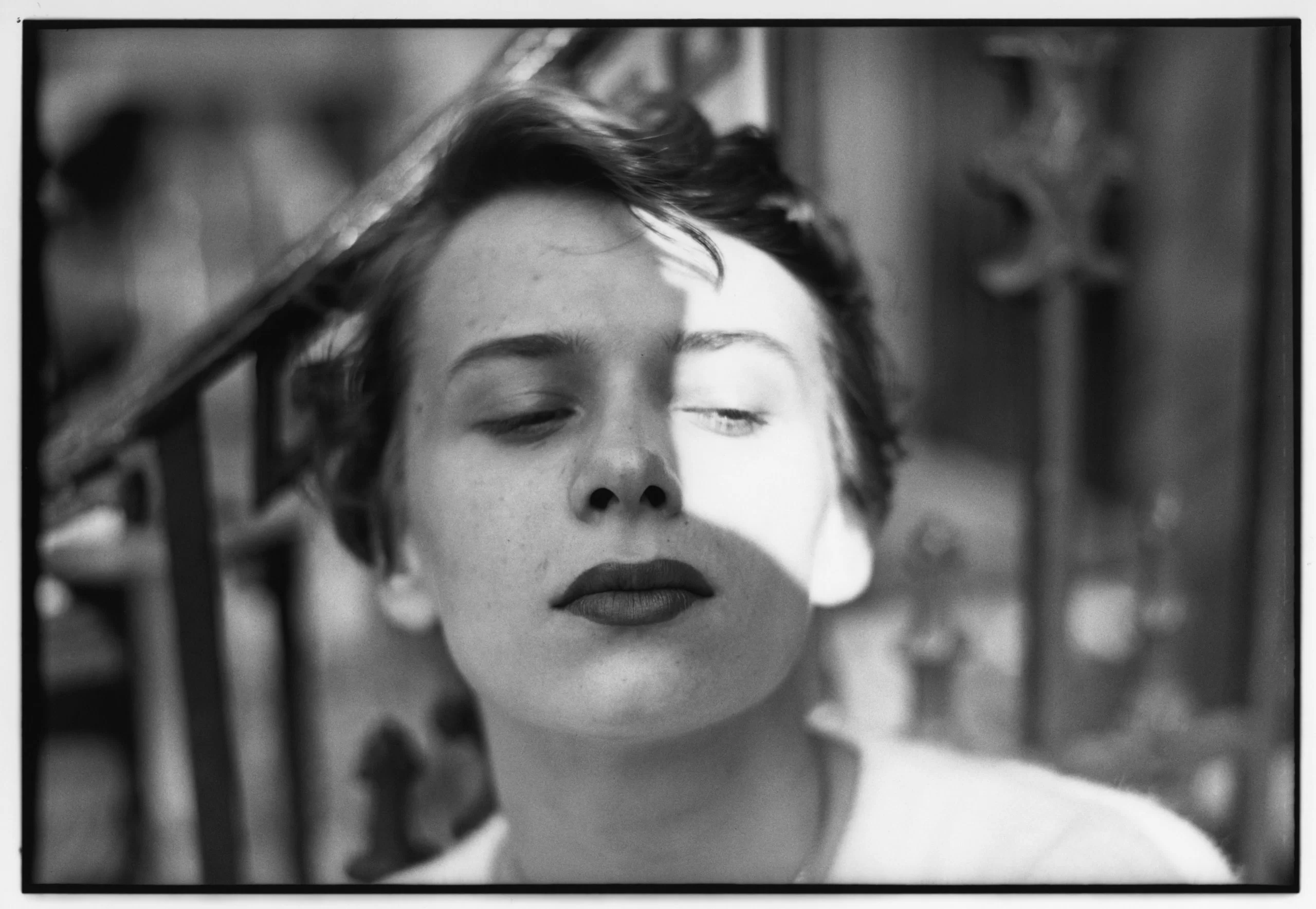


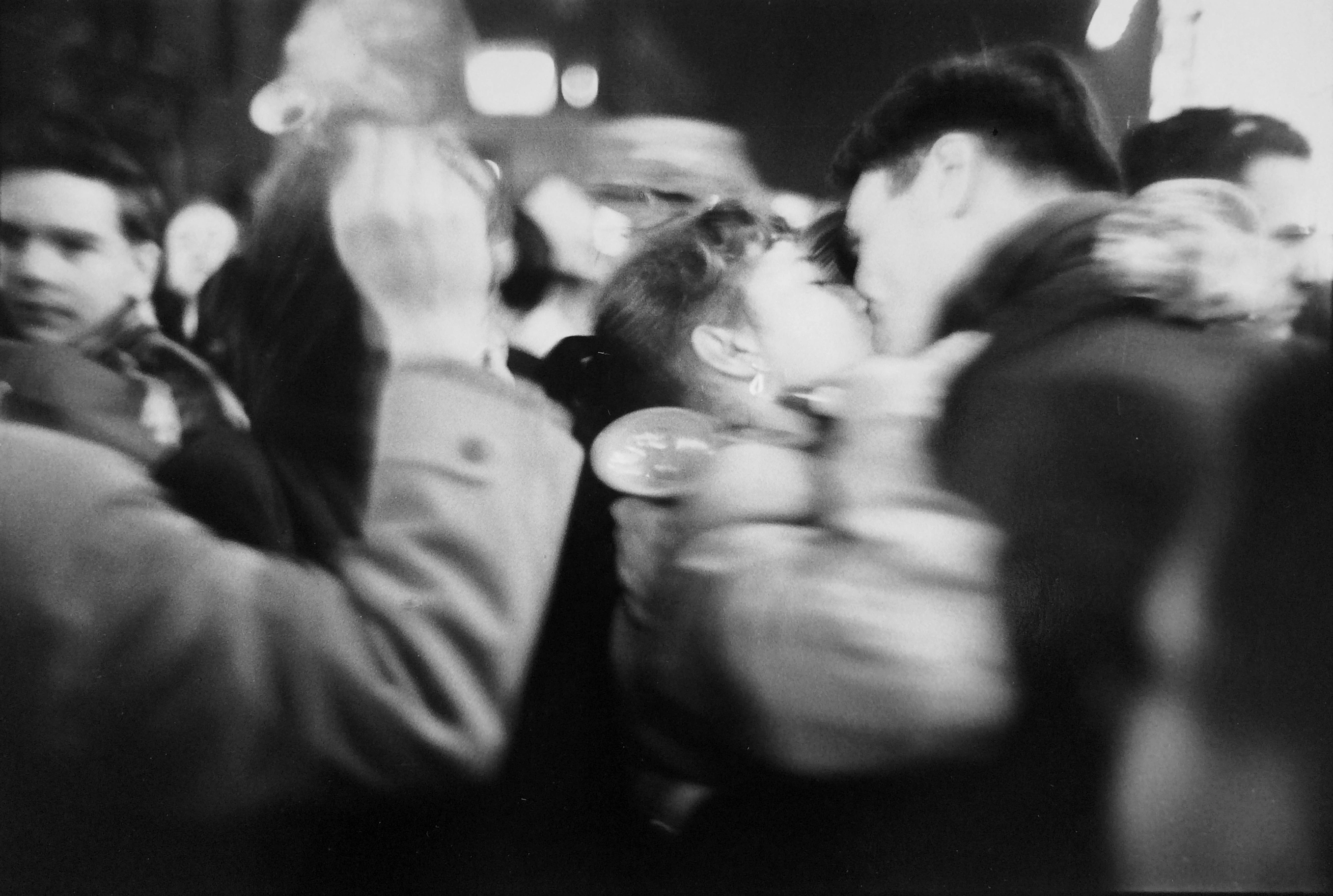
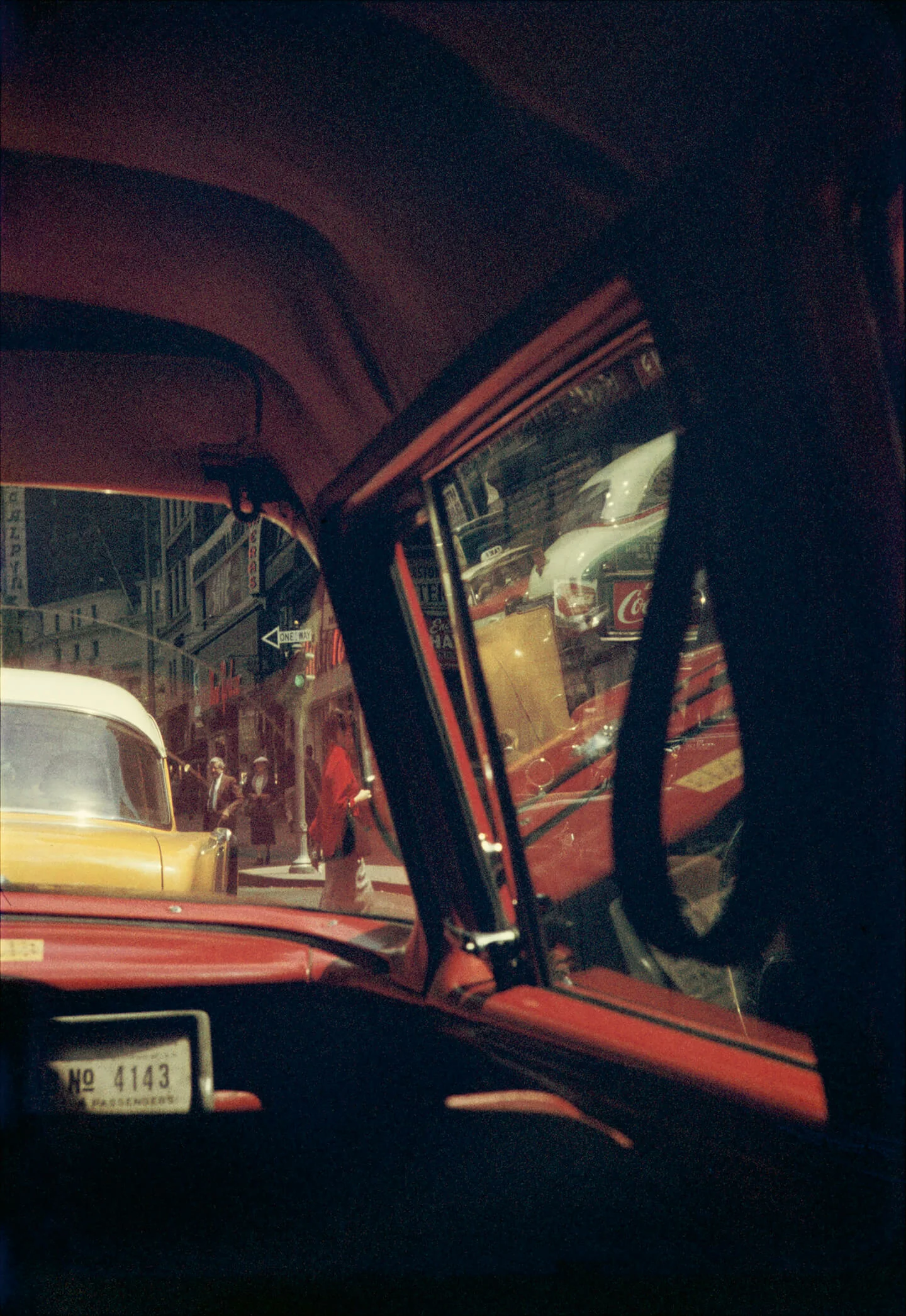


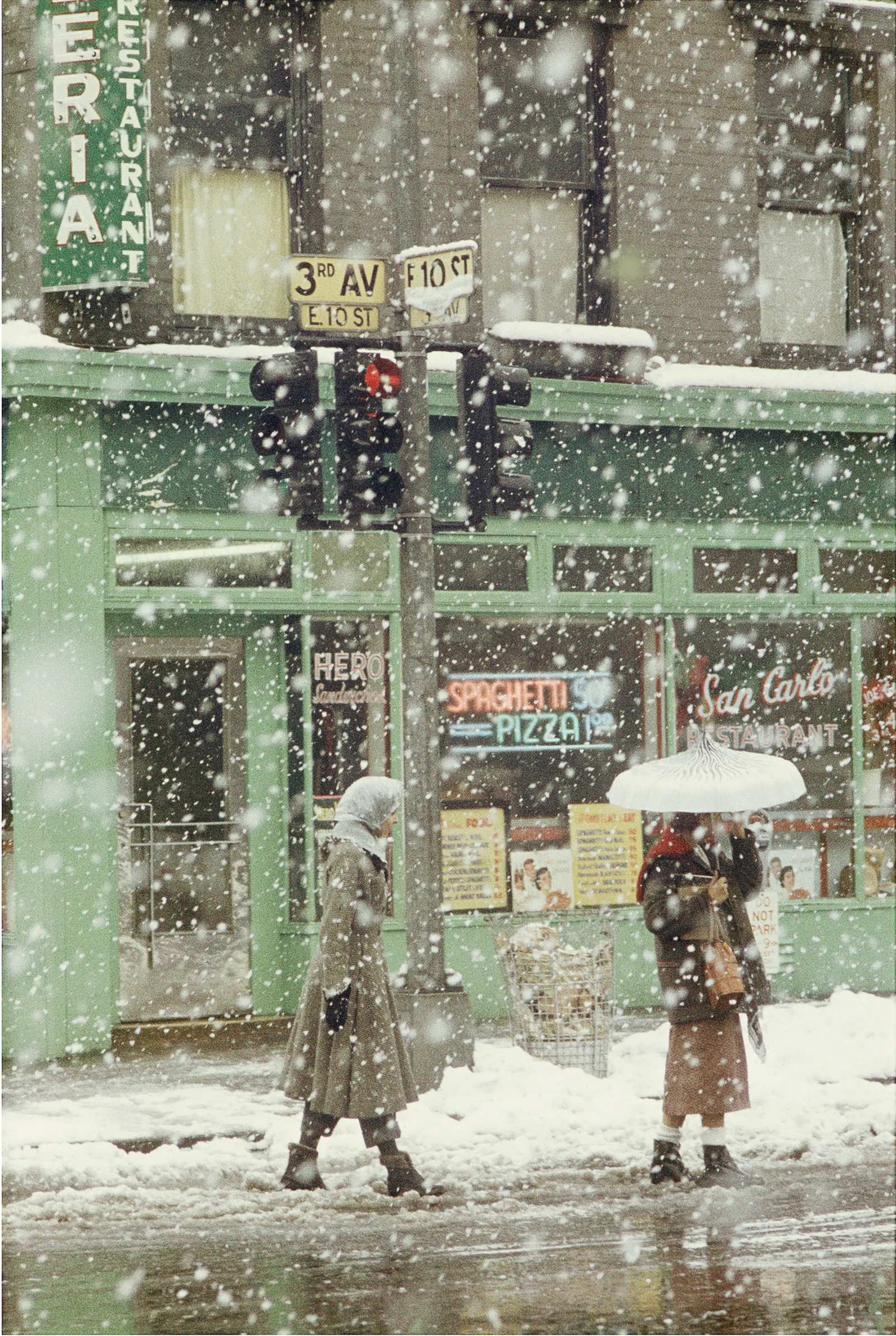











Comments